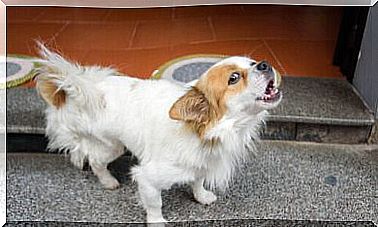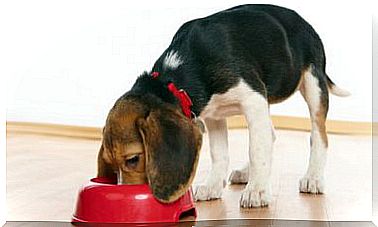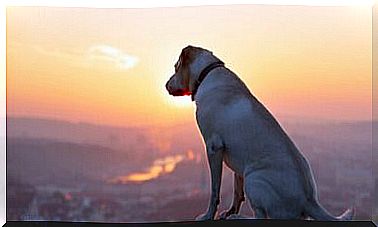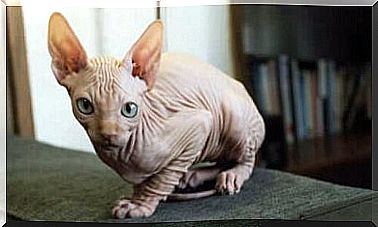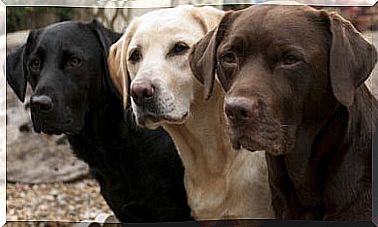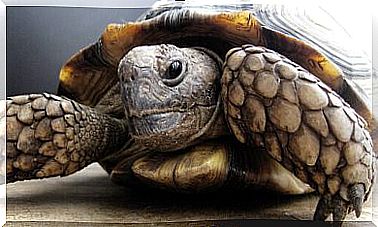Poodle, A Loyal And Caring Companion
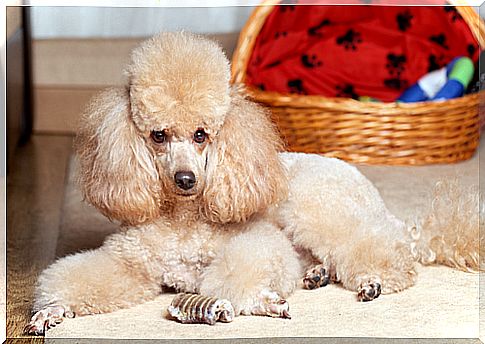
Smart and elegant, the Poodle dog breed is characterized by having extravagant hairstyles, being very affectionate and tireless workers. They love water and are great waterfowl hunters, in fact their name derives from the English word “pudel” or “pudelin”, which means to splash in the water.
When and where does the Poodle breed appear?

The Poodle is one of the oldest dog breeds.
Most historians agree that she originated in Germany and that she soon became a different race in France.
The breed is known as the result of crossbreeding between several European water dogs.
Although other historians believe that one of the Poodle’s ancestors is the African dog Barbet, which was imported to the Iberian Peninsula.
Afterwards, the race arrived in Gaul where it was used for its hunting skills.
Poodles are also believed to be descended from Asiatic sheepdogs, and later traveled with the Germanic Goth and Ostrogoth tribes to become a water dog.
Whatever its origin, it is a very old race.
In fact, it is possible to see him illustrating and decorating Egyptian or Roman artifacts and tombs dating back to the first centuries before Christ.
Smaller versions of the Poodle, like the Toy, were originated to please the Parisian bourgeoisie.
They served as a complement to the nobility and wealth that some merchants of the time could boast.
In fact, during the Renaissance, some owners were used to carrying their little poodles inside their big shirtsleeves.
On the other hand, the standard Poodle was used for hunting ducks, while the miniature poodle stood out for its acute sense of smell to detect truffles in the woods.
Poodle dogs were also used in some circuses to perform tricks. There, people used to dress them in flashy outfits to set up scenes of grace and obedience.
Characteristics
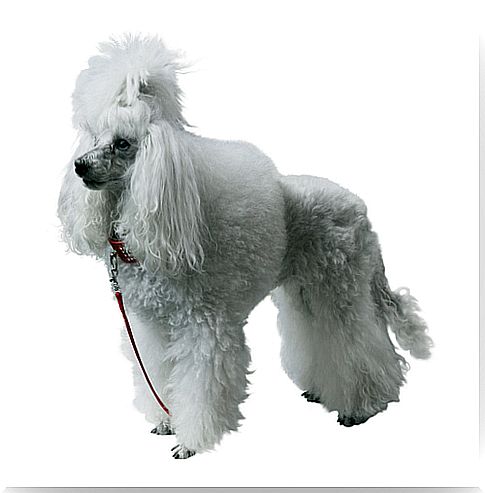
There are three sizes of Poodle; toy, thumbnail and pattern. The latter is the oldest of the three varieties and is used to still being used, in many countries, to work as a hound in water.
The Toy Poodle is 25 centimeters tall, the Miniature Poodle is between 11 and 15 centimeters tall and the standard is over 25 centimeters.
However, in addition to their size, they are recognized for their playful personality, great intelligence and agility.
In addition, he excels in performance sports and hunting competitions.
Obedience training is essential to keeping your Poodle’s mind active.
Regular outings and family play are part of the needs these refined puppies need to meet.
This type of breed, which has different colors such as white, gray, silver, brown, coffee with milk or black, has curly and dense hair. The texture of the Poodle’s coat is unique; it is possible to cut, comb, shave or manipulate it in many different ways.
For a Poodle to look beautiful and healthy, it needs a lot of care and, in this sense, the maintenance of its coat is essential.
Most owners take their dogs to a professional hairdresser once or twice a month. But if you want to save money, you can learn to take care of it yourself, but that takes time and effort.
Many Poodles tend to have teary eyes and stain the fur around them. To reduce these blemishes, it is advisable to gently clean your pet’s face every day.
For this, you can use a non-alcoholic washcloth or a cloth soaked in warm water.
a loyal race
Smart, affectionate, loyal and mischievous are some of the words that characterize the personality of this type of breed.
They love being with people, they are highly trainable dogs and great protectors of the home.
They adapt very well to different types of spaces, houses or apartments.
But they prefer to live inside the house, with the family, especially if they are the Toy Poodle or miniature type.
The Poodle is a wonderful companion for both boys and girls, but as children don’t know how to handle a dog, they can accidentally injure a Toy Poodle or a toy.
